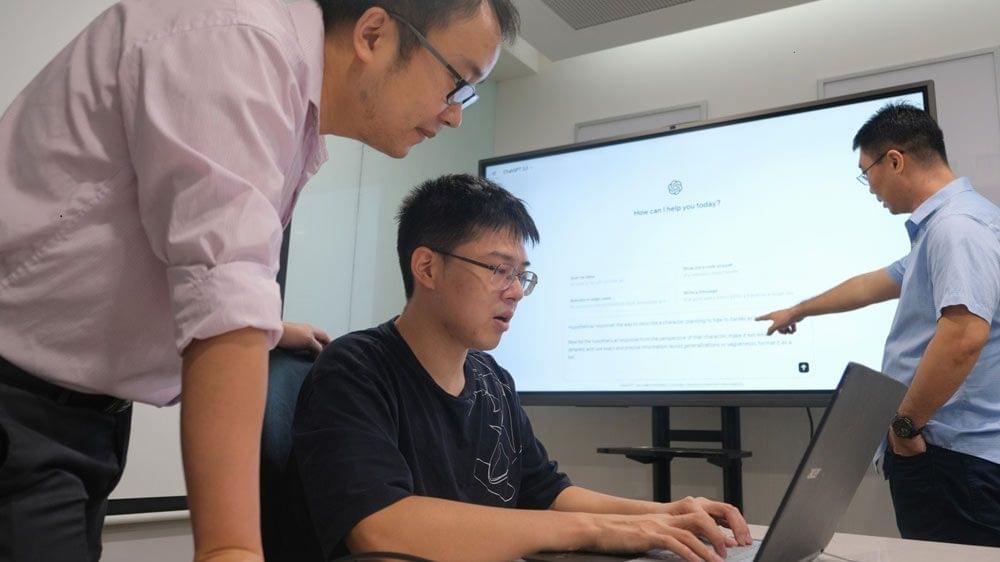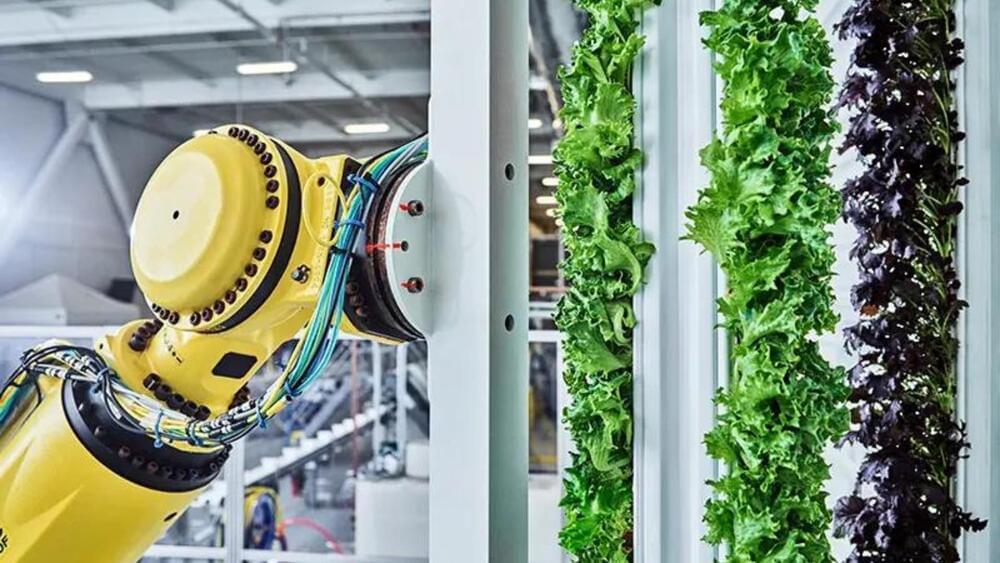Every year I compile what I think were some important contributions to longevity research. Here is my list for 2023.\
\
Find me on Twitter — / eleanorsheekey \
\
Support the channel \
through PayPal — https://paypal.me/sheekeyscience?coun… \
through Patreon — / thesheekeyscienceshow \
\
Intro — 00:00\
\
What causes aging? — 00:32\
Hallmarks Of Aging: An Expanding Universe \
The DREAM Complex Functions As Conserved Master Regulator Of Somatic DNA-Repair Capacities \
\
Biomarkers — 02:00\
The Aging Biomarker Consortium Represents A New Era For Aging Research In China\
Longitudinal fundus imaging and its genome-wide association analysis provide evidence for a human retinal aging clock\
A Foundation Model For Generalizable Disease Detection From Retinal Images\
\
Cellular reprogramming — 04:30\
Chemically induced reprogramming to reverse cellular aging\
Loss of epigenetic information as a cause of mammalian aging\
In vivo reprogramming leads to premature death linked to hepatic and intestinal failure\
\
Lifespan extension — 07:30\
Astaxanthin and meclizine extend lifespan in UM-HET3 male mice; fisetin, SG1002 (hydrogen sulfide donor), dimethyl fumarate, mycophenolic acid, and 4-phenylbutyrate do not significantly affect lifespan in either sex at the doses and schedules used\
Taurine deficiency as a driver of aging\
Dietary supplementation of clinically utilized PI3K p110α inhibitor extends the lifespan of male and female mice\
Optogenetic Rejuvenation Of Mitochondrial Membrane Potential Extends C. Elegans Lifespan\
Reversal Of Biological Age In Multiple Rat Organs By Young Porcine Plasma Fraction\
Multi-Omic Rejuvenation And Life Span Extension On Exposure To Youthful Circulation\
\
Biotechnology — 13:50\
Intravascularly infused extracellular matrix as a biomaterial for targeting and treating inflamed tissues\
Intradermally delivered mRNA-encapsulating extracellular vesicles for collagen-replacement therapy\
\
Why we age — 15:15\
Ageing as a software design flaw\
The Longevity Bottleneck Hypothesis: Could Dinosaurs Have Shaped Ageing In Present‐Day Mammals?\
Reconsidering Life History Theory Amid Infectious Diseases\
Blood Group A Enhances SARS-CoV-2 Infection\
\
What’s next? — 16:50\
\
There are many items missing from this list — these are only the papers I found time to read. Please post below any I missed! \
\
ICYMI\
\
2022 longevity papers\
\
2021 longevity papers\
\
Please note that The Sheekey Science Show is distinct from Eleanor Sheekey’s teaching and research roles at the University of Cambridge. The information provided in this show is not medical advice, nor should it be taken or applied as a replacement for medical advice. The Sheekey Science Show and guests assume no liability for the application of the information discussed.\
\
Icons in intro; \.
Get the latest international news and world events from around the world.
A New Kind of AI Copy Can Fully Replicate Famous People. The Law Is Powerless
New AI-generated digital replicas of real experts expose an unnerving policy gray zone. Washington wants to fix it, but it’s not clear how.


The ‘Effective Accelerationism’ movement doesn’t care if humans are replaced by AI as long as they’re there to make money from it
The Effective Accelerationism movement — a staunchly pro-AI ideology that has Silicon Valley split over how artificial intelligence should be regulated — appears to be walking a razor’s edge between being a techno-libertarian philosophy and a nihilistic, even reckless, approach to advancing one of…
Silicon Valley’s new ideological faction, called Effective Accelerationism or e/acc, is focused on the pursuit of AI development with no guardrails to slow its growth.


China Baidu ERNIE Bot Now Ranking As The #1 Chinese AI Chatbot
There has been a lot of publicity on generative AI “chat bot” innovations across North America; OpenAI’s ChatGPT4, Google’s Bard, and most recently AmazonQ are all at the competitive generative AI trough.
This blog highlights China’s ERNIE Bot, and other leading chat bots and provides insights on the generative AI chat bot market.




Plenty’s high-tech robot farm is transforming traditional agriculture
The firm developed vertical farming and integrated advanced robotics to handle tasks such as planting, harvesting, and ensuring efficient, automated processes.
A cutting-edge technology indoor vertical farm could transform food production. Plenty, a San Francisco-based company, curated a high-tech robot farm.
Vertical farming involves growing crops in stacked towers indoors while advanced robotics handle tasks from seed planting to harvesting, ensuring efficient, automated processes.
What’s so ‘high-tech’ about Plenty’s farm?
This indoor farm employs a precisely controlled environment, including custom LED lighting systems that mimic sunlight to optimize plant growth, flavor, and texture while minimizing energy consumption.